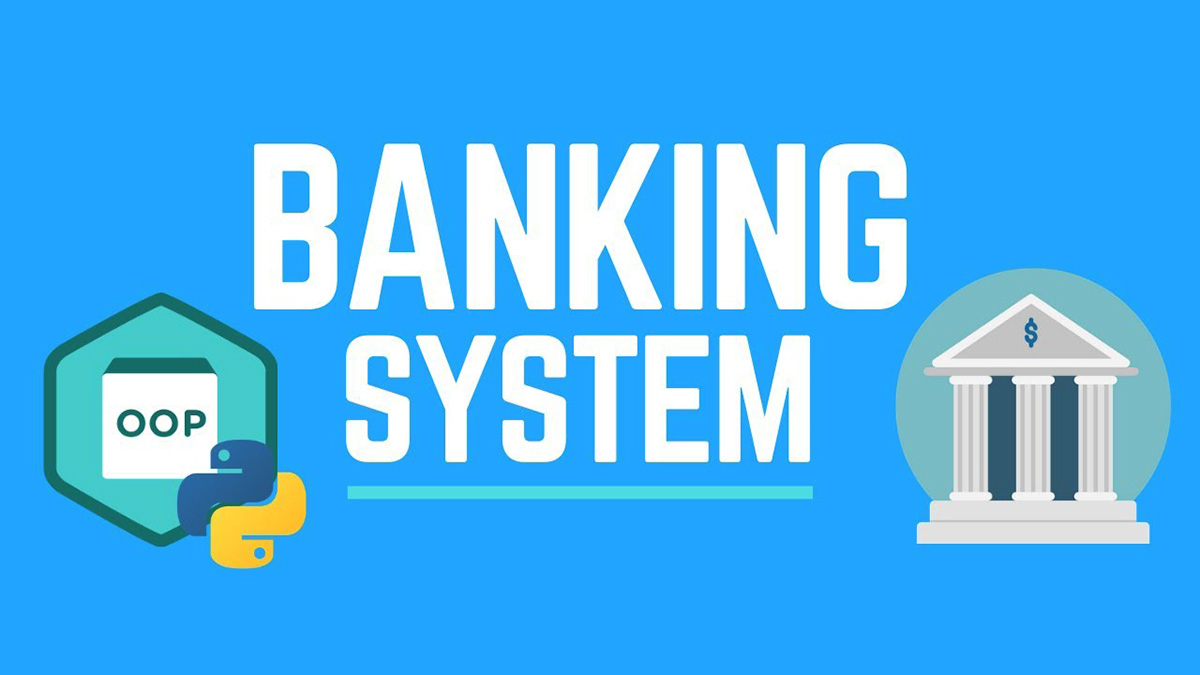Home>Finance>Utilization Fee: Definition, Example, Vs. Commitment Fee


Finance
Utilization Fee: Definition, Example, Vs. Commitment Fee
Published: February 14, 2024
Learn about the definition and example of utilization fee in finance, as well as how it differs from commitment fee. Enhance your financial knowledge now!
(Many of the links in this article redirect to a specific reviewed product. Your purchase of these products through affiliate links helps to generate commission for LiveWell, at no extra cost. Learn more)
Unlocking the Mystery of Utilization Fee: Definition, Example, vs. Commitment Fee
Welcome to the world of finance! Today, we are going to delve into a topic that may sound complex and mysterious, but fear not – we’re here to demystify it. We’re talking about utilization fees. What are they, how do they work, and how do they differ from commitment fees? Sit back, relax, and let’s dive right in!
Key Takeaways:
- Utilization fees are charges incurred when a borrower draws on a line of credit or utilizes a specific percentage of it.
- Commitment fees, on the other hand, are charges imposed by lenders to compensate for the unused portion of a loan facility.
What is a Utilization Fee?
A utilization fee, in the realm of finance, refers to the charge imposed on a borrower when they actually utilize their line of credit. It is typically a percentage of the amount borrowed or a fixed fee. Think of it as a fee for accessing the funds made available to you by a financial institution.
When you take out a loan or have a line of credit, you may not immediately use all the funds available to you. However, once you start utilizing a portion of the funds, the lender may start applying a utilization fee on the used amount. This fee compensates the lender for the risks they assume when granting the borrower access to the funds.
Here’s an example to help illustrate how a utilization fee works:
Let’s say you have a line of credit worth $10,000, and you decide to borrow $5,000 for an upcoming business expense. The lender might charge a utilization fee of 2% on the utilized amount, which in this case equals $100. This means you’d have to pay an additional $100 on top of the borrowed $5,000.
Utilization Fee vs. Commitment Fee: What’s the Difference?
Now that we have a good understanding of utilization fees, let’s differentiate them from commitment fees. While both these fees exist in the realm of finance, they serve different purposes.
A utilization fee is charged on the portion of funds actually used by a borrower, while a commitment fee is charged on the unused portion of a loan facility. Here are a few more key differences:
- The utilization fee is incurred once the borrower starts drawing on the line of credit, whereas the commitment fee is in place regardless of whether the borrower uses the funds or not.
- The utilization fee compensates the lender for the risk involved in granting access to the funds, while the commitment fee serves as compensation for keeping the loan facility available to the borrower.
- The utilization fee is typically a percentage of the amount actually used, whereas the commitment fee is usually charged as a percentage of the unused portion of the loan facility.
It’s important to note that the terms and conditions surrounding utilization fees and commitment fees may vary depending on the financial institution or the specific loan agreement. Therefore, it’s always essential to carefully review the terms before entering into any financial arrangement.
In conclusion, utilization fees and commitment fees play distinct roles in the world of finance. Understanding the differences between these fees can help borrowers navigate the lending landscape with greater confidence and make informed decisions regarding their financial needs.
Now that you’ve grasped the concept, you can impress your friends with your newfound knowledge of utilization fees and commitment fees. Knowledge is power, especially in the world of finance!














